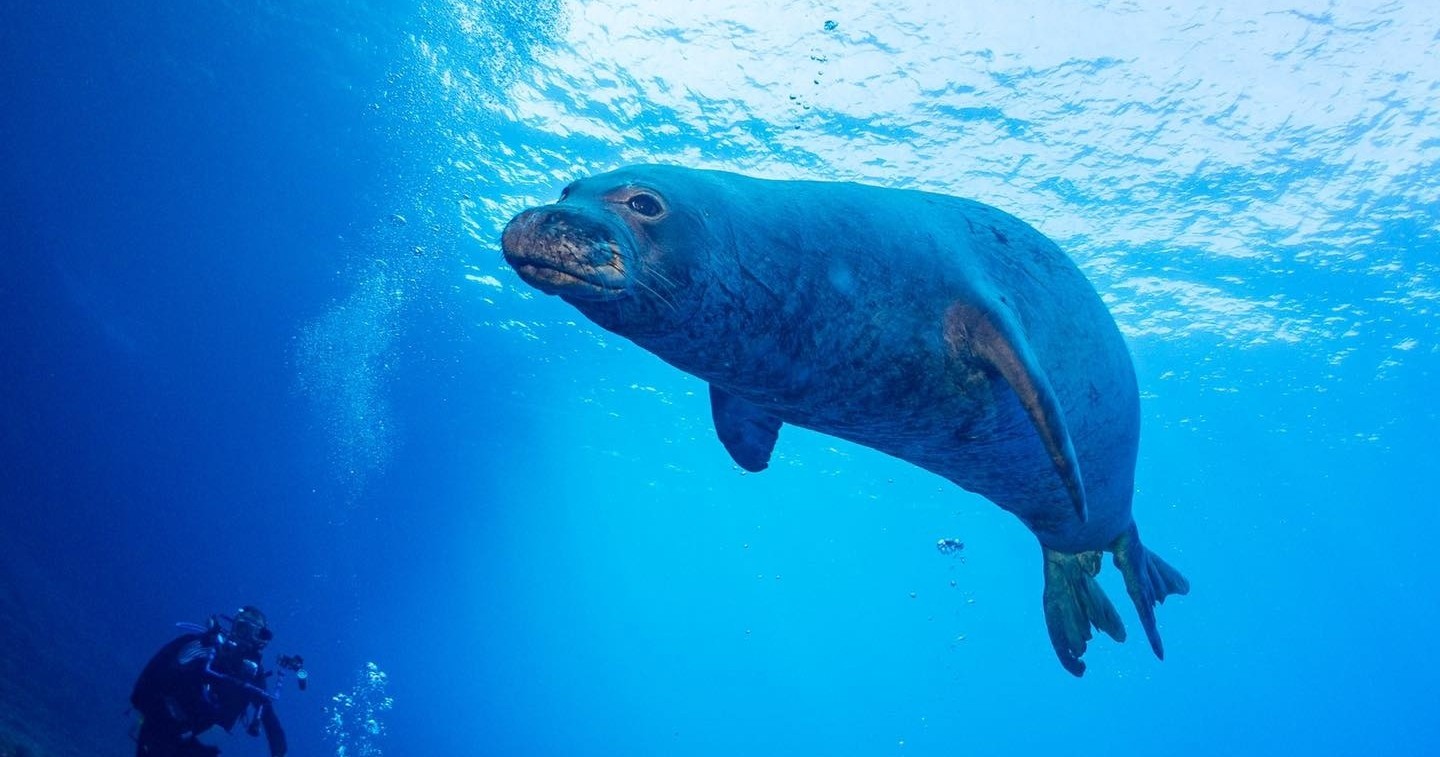Seals of Aloha: Exploring the Habitat and Conservation of Hawaiian Monk Seals
Have you ever been captivated by the quiet grace of marine life, where every creature tells a unique tale of survival and beauty? Among these, the Hawaiian monk seal stands out with its serene demeanor and intriguing lifestyle. Imagine spotting one of these elusive seals during a peaceful morning on a sandy Hawaiian beach—it’s an unforgettable experience that brings you closer to nature’s marvels. In this guide, we’ll dive into the world of the Hawaiian monk seal, exploring their endangered status, where you can best observe these magnificent animals, and how your actions can contribute to their conservation. Get ready to uncover the secrets of one of Hawaii’s most iconic marine inhabitants.
The Hawaiian monk seal, one of the most secluded and enchanting marine mammals in the world, is a true gem of Hawaii’s biodiversity. This article delves into the life of the Hawaiian monk seal, exploring its habitat, conservation status, and the best places to witness these magnificent creatures in their natural setting. We’ll also discuss the vital role that each of us can play in ensuring their survival for generations to come.
What is the Hawaiian Monk Seal?
The Hawaiian monk seal, known scientifically as ‘Neomonachus schauinslandi’, is one of the few tropical seal species. Characterized by its grey coat and an adorable, expressive face, it is a sight to behold lounging on Hawaii’s sandy beaches. These seals are primarily found in the Northwestern Hawaiian Islands, but they are occasionally spotted in the main Hawaiian Islands, where they rest on the beaches and forage in nearby waters.NOAA
Population Status and Conservation Efforts
The Hawaiian monk seal is critically endangered, with an estimated population of less than 1,400 individuals. Their numbers have been declining due to a variety of threats, including entanglement in fishing gear, reduced prey availability, and habitat loss. Conservation efforts are ongoing and include habitat protection, veterinary care for injured seals, and public education programs to foster seal-friendly fishing practices. Organizations like the National Oceanic and Atmospheric Administration (NOAA) play a pivotal role in these conservation efforts.NOAA Celebrates population growth

A monk seal and a diver sharing a captivating moment in the waters of Kauai, Hawaii, with Fathom Five Divers
Where to Spot Hawaiian Monk Seals
Monk seals can be spotted throughout the Hawaiian archipelago, but they are most commonly found in remote areas of the Northwestern Hawaiian Islands. On the main islands, Poipu Beach on Kauai and Waikiki Beach on Oahu are good spots for potential sightings, especially early in the morning or late in the afternoon when the beaches are less crowded.
Human and Seal Interactions
Interactions between humans and monk seals are increasing as human activities expand into their habitats. It is crucial for beachgoers to maintain a respectful distance from these animals to prevent stress and disturbance. Educating the public about the appropriate ways to observe these creatures without interfering with their natural behavior is a key part of conservation strategies.
The Role of Monk Seals in Hawaiian Culture
Historically, Hawaiian monk seals have been revered in Native Hawaiian culture, considered ‘aumakua, or guardian spirits. Today, they are often seen as symbols of environmental conservation and cultural heritage, reminding us of the delicate balance between humans and nature.
Scientific Research and Monk Seals
Research on Hawaiian monk seals has provided critical insights into their health, behavior, and ecology. Scientists continue to study these seals to better understand the impacts of environmental changes and human activities on their populations. This research is essential for developing effective management strategies that can mitigate threats and promote recovery.The Marine Mammal Center
Tourism and Its Effects on Monk Seals
While tourism is a major economic driver for Hawaii, it poses challenges for monk seal conservation. Responsible tourism practices, such as obeying wildlife viewing guidelines and supporting eco-friendly businesses, can help minimize negative impacts on monk seals and their habitats.
How You Can Help
Individuals can contribute to the conservation of Hawaiian monk seals by supporting local nonprofits dedicated to marine wildlife protection, participating in beach clean-ups, and spreading awareness about the challenges these animals face. Every small action can make a big difference in the fight to save these unique creatures.
The Hawaiian monk seal is a captivating yet critically endangered marine mammal that needs our help to survive. By understanding their behavior, respecting their space, and contributing to conservation efforts, we can all be part of the solution to protect these precious seals for the future.
FAQs
1. Is it rare to see a Hawaiian monk seal?
– Yes, Hawaiian monk seals are rare, especially in the Main Hawaiian Islands. However, sightings are possible, particularly in protected areas and remote beaches.
2. What is the best beach to see Hawaiian monk seals?
– Poipu Beach on Kauai and Waikiki Beach on Oahu are popular spots for occasional sightings in the Main Hawaiian Islands.
3. What is the current population status of the Hawaiian monk seal?
– The population is critically endangered, with around 1,400 individuals remaining in the wild.
4. How can tourists help in the conservation of monk seals?
– Tourists can help by respecting wildlife viewing guidelines, participating in educational tours, and supporting conservation-oriented businesses and initiatives.
5. What are the main threats to Hawaiian monk seals?
– Key threats include entanglement in fishing gear, habitat loss, and the impact of human activities.
